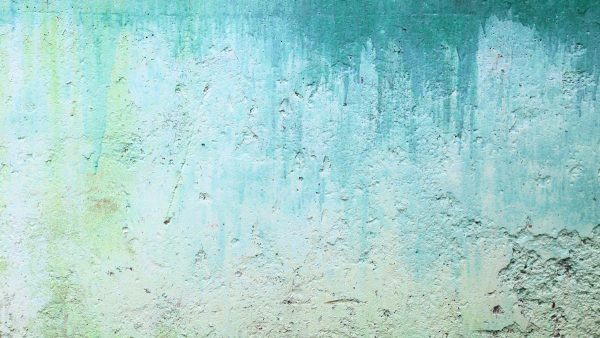Discolored masonry cause and treatment

The concept of “curb appeal” is one real estate agents are very familiar with. When they try to sell a property, how it looks when someone is pulling up is important.
But what about for your business?
If you’re owning or leasing a building, you need to be aware of how your business is perceived when people pull up. And one of the biggest things that can impact that curb appeal is the appearance of your masonry.
Time for a refresh
Masonry degrades and weathers over time, and discoloration is part of that. As masonry ages it needs attention and maintenance, both for aesthetics and for the integrity of your building’s outer weather-resistant skin.
Here are some of the symptoms you might see on your building’s masonry that indicate it’s time to get a bit of a facelift:
- Lime run: Calcium carbonate within the materials used (usually mortar) can mix with water and leak out over time, causing white to light gray run marks on your masonry that indicate water leaching through.
- White scum: This is a silicate-based surface stain that usually comes from muriatic acid cleaning or insufficient rinsing after cleaning.
- Brown stains: Masonry uses manganese oxide as a coloring agent, and when that manganese oxide is exposed to acid, it can run across the surface of the masonry. That causes brown staining.
- Yellow/green stains: These stains come from vanadium, which in its salt form is used to make some types of brick. Over time this can come to the surface and discolor the brick.
- Efflorescence: These deposits are harmless and occur frequently in masonry, but change the look of your brick. This white deposit comes from salts being leached through your masonry and left on the surface after evaporation.
- Hard water: Hard water can leave stains too, particularly if there’s a leaky faucet on the outside of the building.
- Other stains: Moss or lichen can build up and create living stains. Pollution or smog is responsible for leaving deposits behind, too. There are plenty of environmental factors that can change the look of your masonry.
Solving your staining problems
No matter which of these stains you’re dealing with, a professional can help you come up with a treatment plan and put it into practice. If your building has these masonry discoloration issues, sometimes they’re harmless—but they can also be an indication of something deeper, depending on the stain. It’s worth having someone come and check it out. If you don’t know the cause, you could be looking at further discoloration or even damage.
At JK Industries, we’re experts on masonry—from new installs to historic restorations, we’ve seen and done it all. Give us a call or drop us a line online and we’ll come help you address your building’s masonry discoloration.
